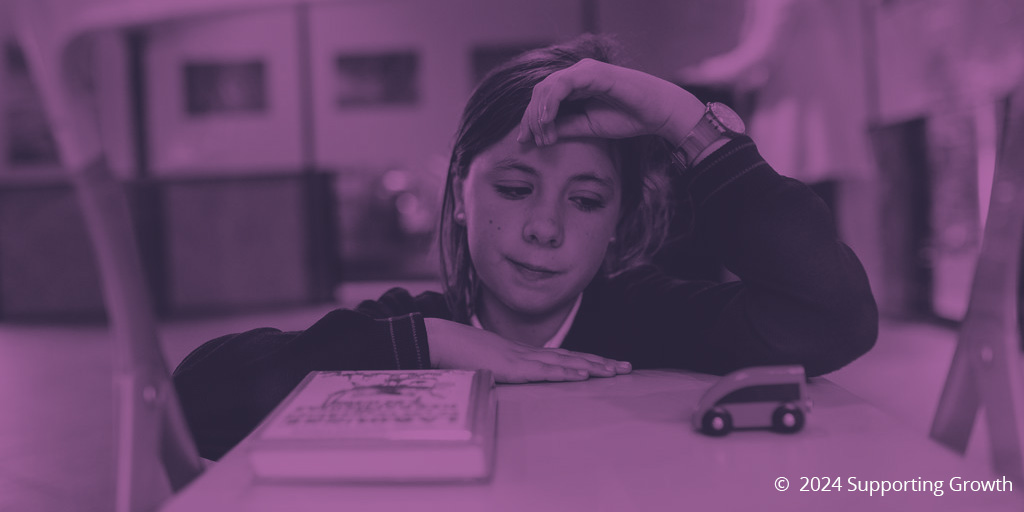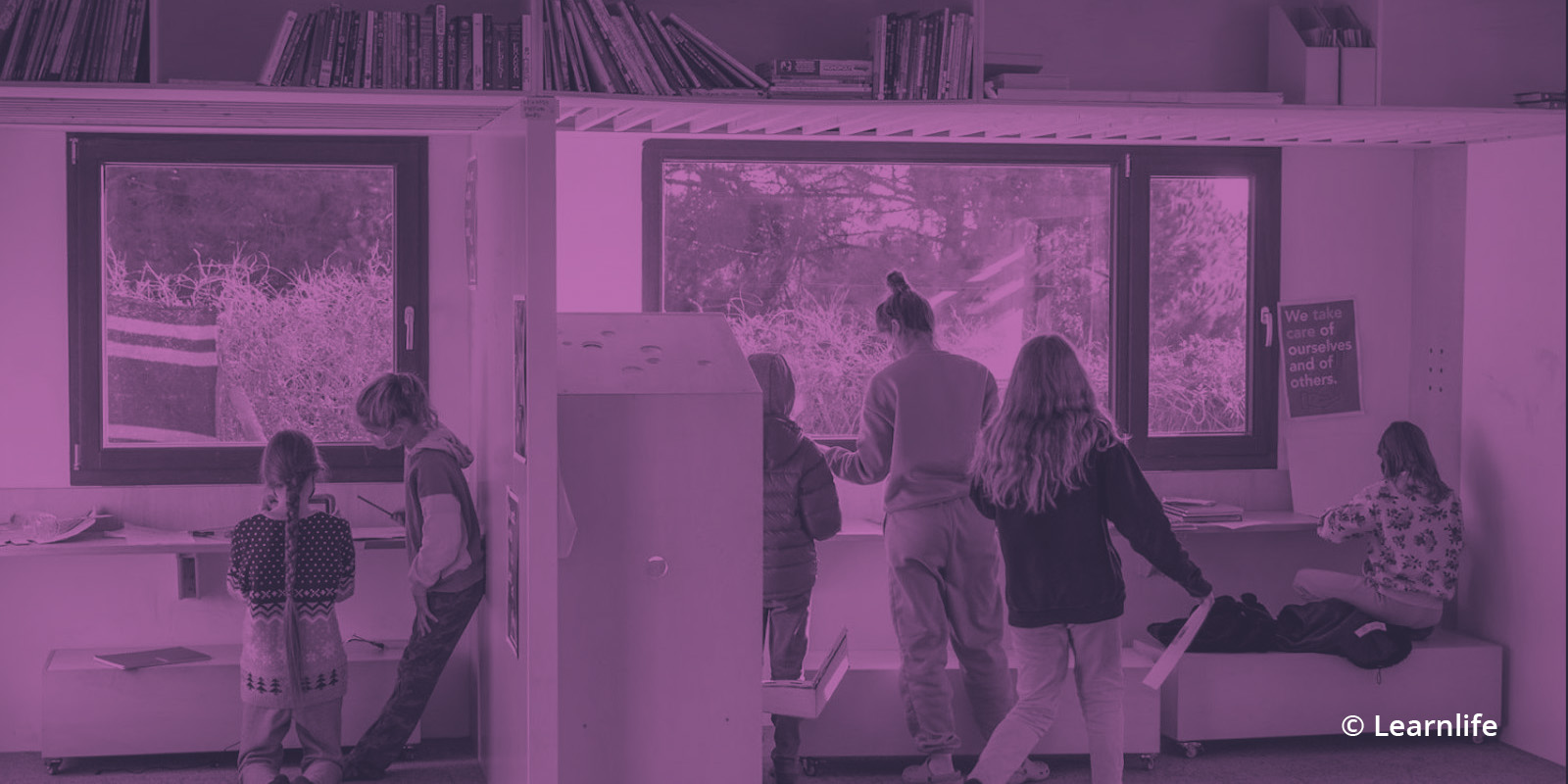Evidence shows that teachers in schools with the habit of learning for enrichment not only learn more and improve their work but also have greater self-confidence1.
Four factors for institutional change
Most organisations that have attempted to undertake a transformation have encountered serious difficulties in the early stages. Those that have succeeded learn from their experience. Achieving this depends largely on a focus on learning and the capabilities of its members. For schools, nothing is more crucial than teacher training to increase teachers’ capacity to learn.
The four factors that generate capacities for change have their institutional counterparts: 1) Creation of common vision; 2) Organisational structures, norms and research practices; 3) Focus on organisational knowledge and development; and 4) Collaborative work cultures.
- Creation of a common vision. The focus of change must be made clear, and a shared vision of what students should know and be able to do and what educational strategies will be used must be developed. When teachers have a voice, they are more committed.
- Organisational structures, norms and research practices. This involves guaranteeing all teachers are trained, supporting their training for change and creating a research process and a culture of lifelong learning. It is essential to adapt and expand educational strategies, as well as to broaden teacher training with a culture of ‘learning by doing’ and ‘learning from what we do’.
- Focus on organisational knowledge and development. Encourage experimentation and practice in order to be competent through effective support with coaching, co-coaching or shared teaching and collaboratively creating teaching materials.
- Collaborative work cultures. Work in teams at all levels of the school. Reaching agreements on what and how to teach, what and how to assess and how to serve all students effectively so that they participate and progress in their learning. Make decisions about what projects to do, how to help individual students or groups of students progress, etc. Create, apply and improve learning situations collaboratively.

Some of the factors that generate capacities for change are the creation of a common vision and collaborative work cultures
Where are we? Let’s make a SELFI
Just as the SELFI for teachers was organised into the four factors for change, the SELFI for learning organisations also has the same four sections, but this time from the school’s perspective. The self-assessment tool ‘SELFI – The school, a learning organisation’ is designed to assist in a process of continuous improvement in which the school is transformed into an organisation that has an internal culture and dynamics that favour lifelong learning.
Impuls Educació provides a questionnaire with the following 29 questions.

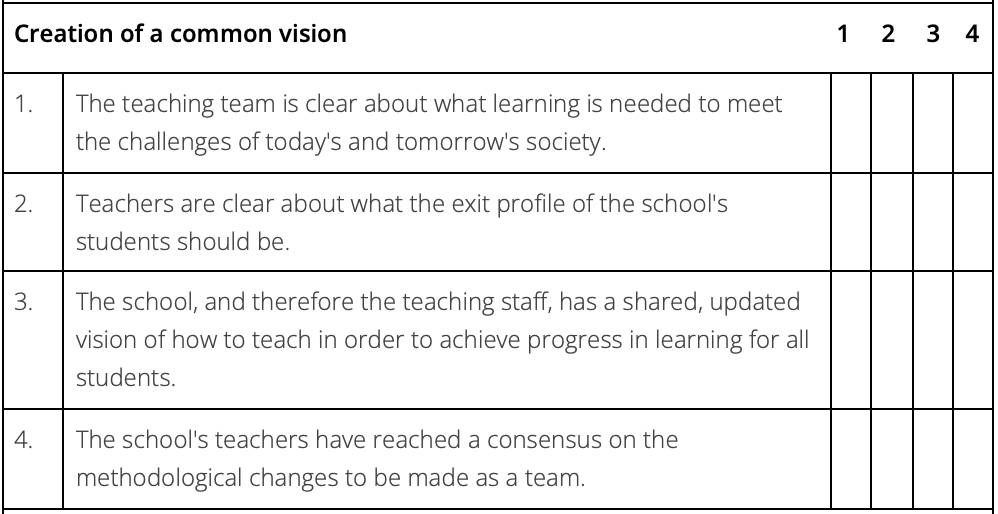
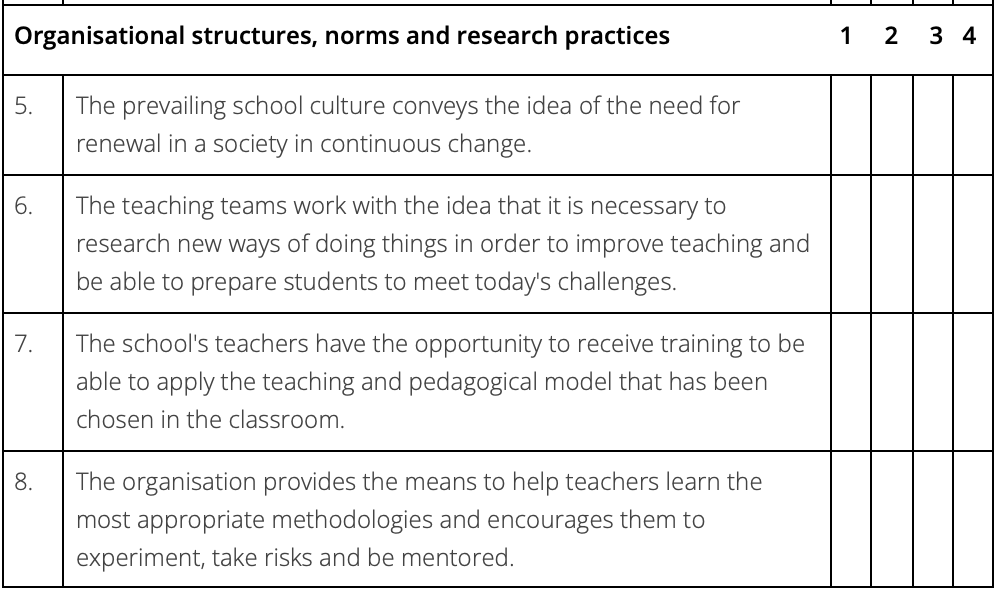
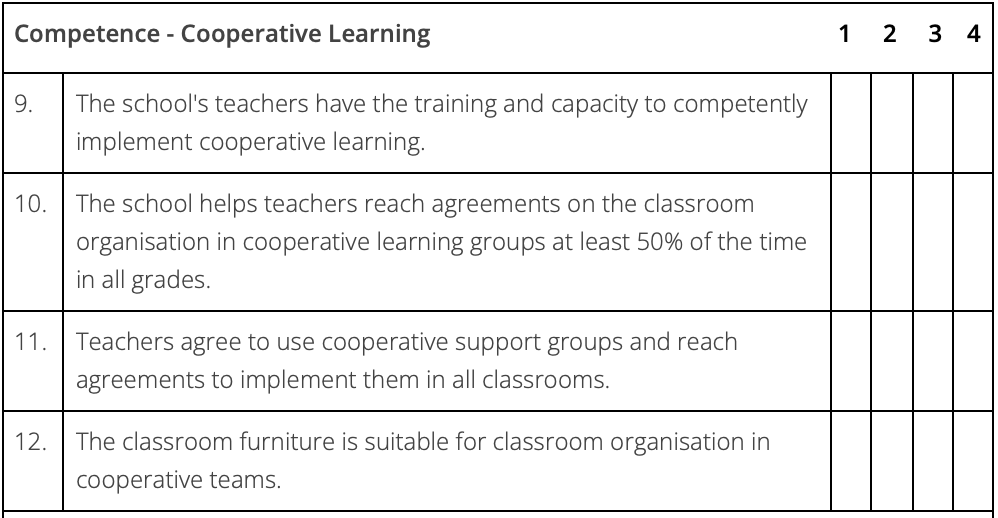
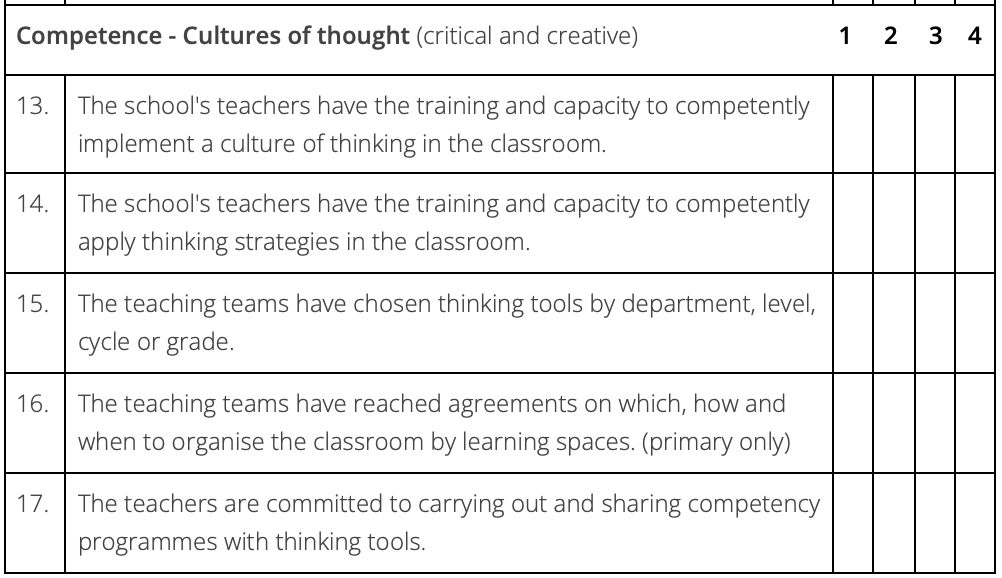
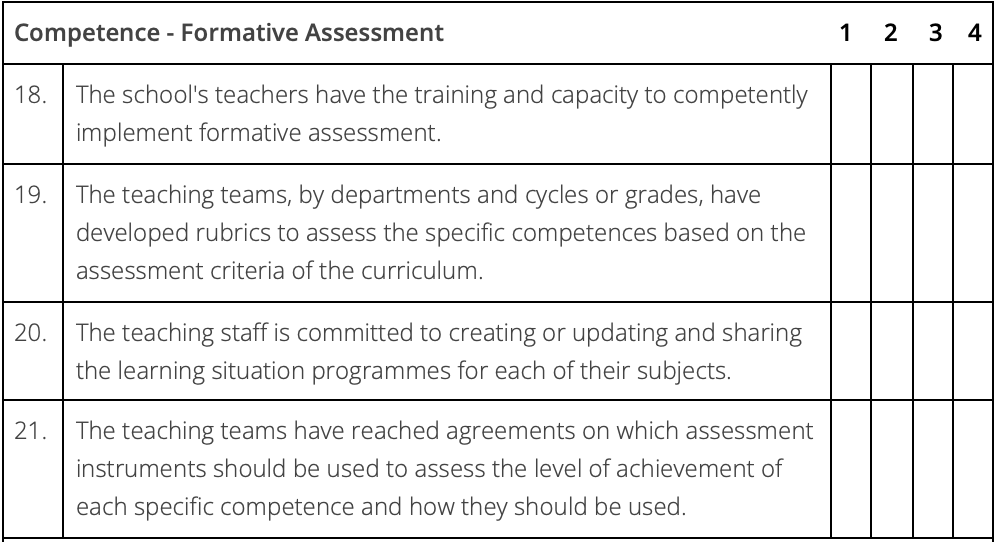

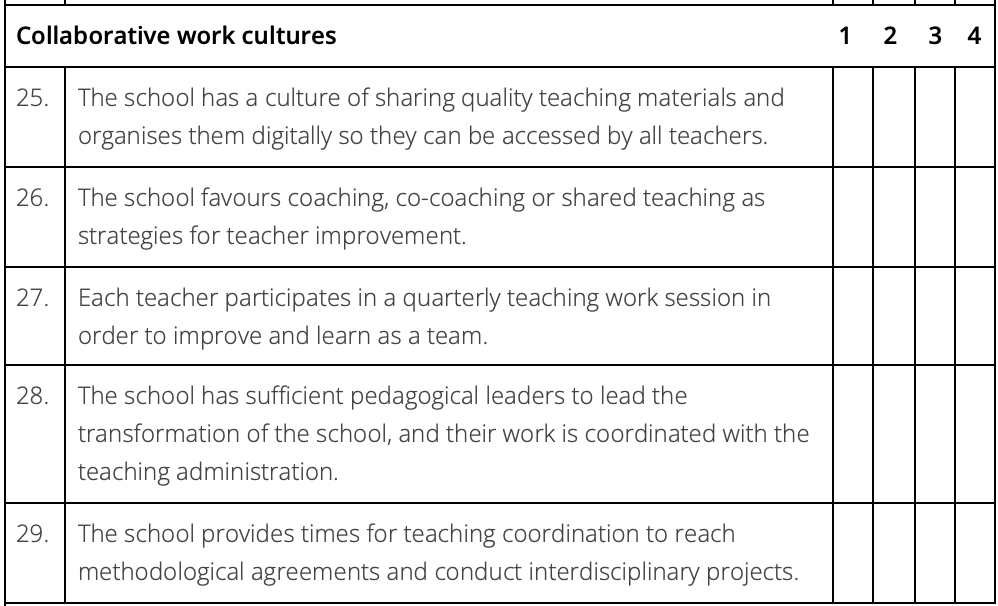
Learning together. Tools to improve
A school that learns needs to bring its entire teaching staff into play and energise its teamwork at all levels. The evidence says that good teacher training greatly enhances educational quality. But this training must be shared and accompanied by reflective practice.
The above questionnaire is intended to help lead the pedagogical transformation of the school. It is geared at creating an ‘organisational improvement plan’. After some time, the SELFI can be taken again to see improvements and make the next plan. In order for it to work, good coordination between the school’s teaching administration and the pedagogical leaders is necessary.
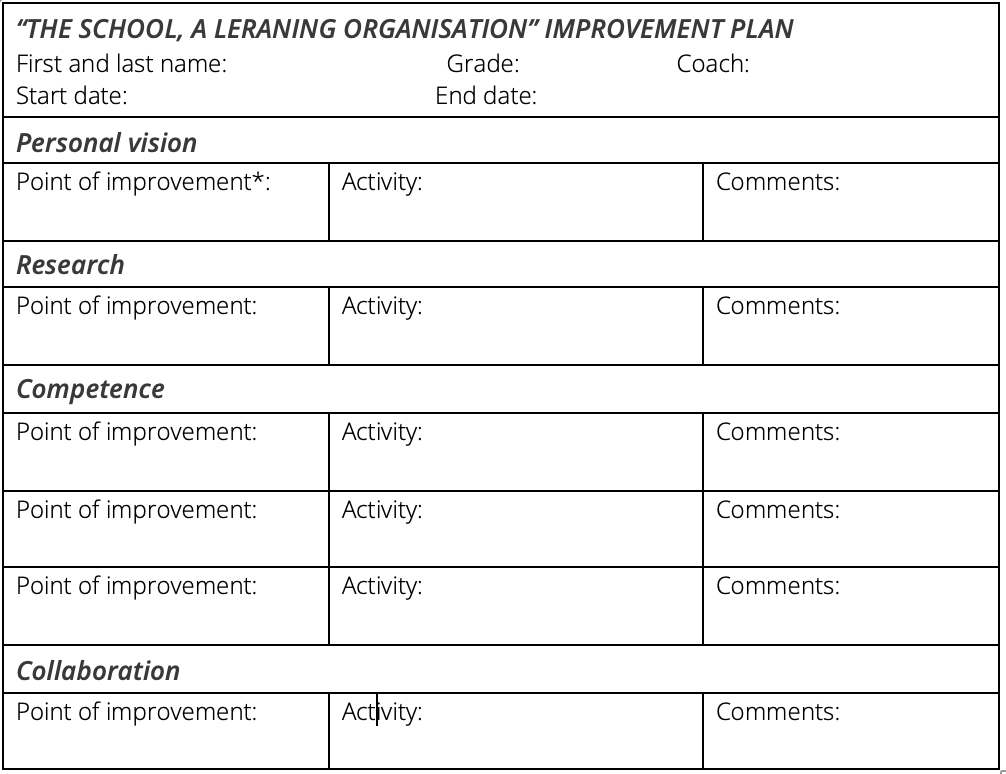
(*) Insert the SELFI questionnaire item “School, a learning organization”
There are tools for pedagogical coaching and co-coaching. It is important for the initiative to come from the teacher. Normally, they can be told that this possibility exists, along with its conditions and benefits, and teachers who wish to do it can request it.
Other interesting tools are:
- Teaching work sessions. They should be participatory and help to answer questions, reach agreements, share good practices or reflect on practice. Normally, they will be scheduled at the beginning of the course based on the different teams’ needs. Ideally, these will be meetings in which a maximum of 30 teachers participate and work in cooperative teams.
- Videotaping. A common practice in schools with a consolidated culture as learning schools is to record the class of someone with a high level of competence and analyse it together. The analysis can be done in many ways. One of them is based on the cultural forces or using a simple routine such as a 10×2 and then assessing each idea as good, needs improvement, replace or eliminate, and justifying this decision. At the end, a consensus on some conclusions has to be reached.
- Narrating an experience. The same can be done by recounting an experience in while providing evidence. When the explanation is finished, a round of questions is held and each teacher attending is entitled to one question. Then, a conversation is started to distinguish what went well, what can be improved, replaced, eliminated, etc.
- Observation protocols. One example is Harvard’s Project Zero, where Cultures of Thinking was born; it promotes the use of certain protocols for learning and improvement such as Cultures of Thinking Observation. These types of protocols can be done on cooperative teamwork, assessment and other areas. They are very useful to help teachers deepen their understanding of the meaning of each methodology and appreciate important details to be taken into account when applying it. If well moderated, these conversations can have a major impact on the teacher’s level of competence.
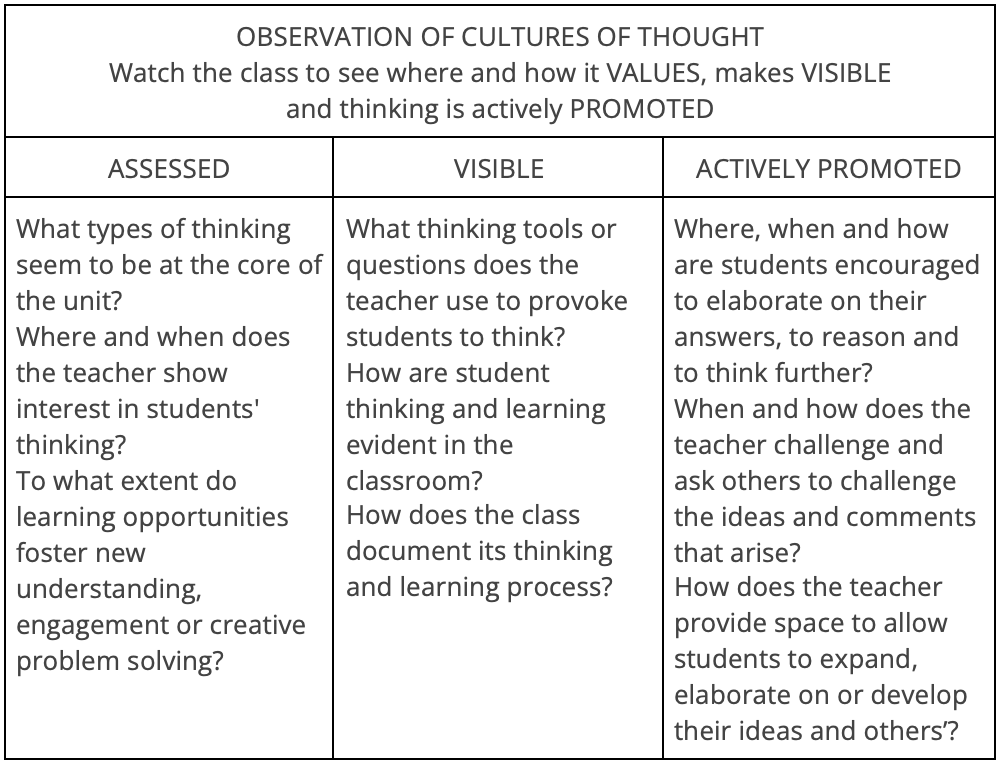
Source: Project Zero

